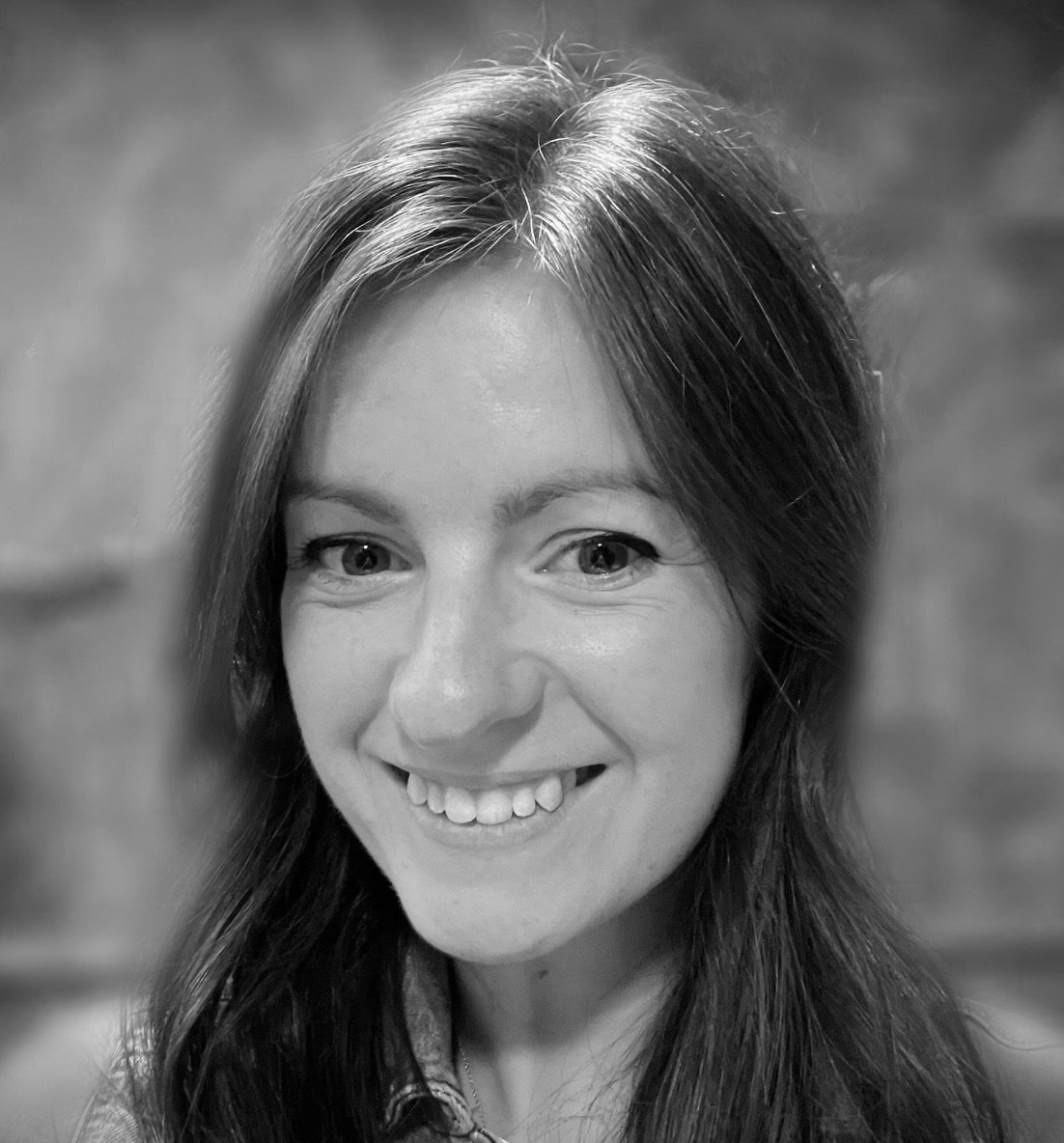Syllabus Edition
First teaching 2016
Last exams 2025
The 4 Mark "Follow up" Question (Edexcel GCSE History) : Revision Note
Summary of Question 2 (b)
Question 2 (b) requires you to ask questions about one of the sources used in the previous question ("How useful are Sources A and B" question) to investigate the historical enquiry further
It will always be based on the historic environment: Whitechapel, c1870-c1900
The answer section is broken down into four guided questions which you must complete
Amount of marks | 4 |
|---|---|
The time that you should spend on the question | No more than 5 minutes |
An example of the type of question you may encounter can be seen below:

In previous years, this question has focused on the following topics in Crime and Punishment in Britain:
Year of Exam | Question Topic |
|---|---|
2018 | |
2019 | |
2020 | |
2021 | |
2022 | |
2023 | The conditions in Whitechapel and how they affected policing |
Key skills required in the "Follow up" question
The "Follow up" question is a very different question style to other questions in the Edexcel GCSE History exam
It requires students to have some of the following key historical skills:
Selecting relevant content from a historical source
Creating a relevant historical question
Selecting historical sources to support your chosen historical question
Using the content of a source
The content is the information presented in the source
The content could be a variety of different types of sources such as:
A picture
A photograph
An extract from a book
A speech
A political cartoon
A letter
In this question, you should use the content of the source in the first section of your answer
The section asks you for "Detail in Source ... that I would follow up"
You should write a key quote or describe a section of the source in this answer space
Asking historical questions
The second section requires you to create a "Question I would ask" about the source specified in the question
The question should be:
Linked to the 'detail' that you have selected from the source
Relevant to the area of the enquiry in the question
There should only be one question written in this section. The question should be written with a question mark
Selecting relevant sources
The third section asks you "What type of source I could use" to answer your historical question
In this section, avoid selecting sources such as:
Wikipedia
The Internet
A historian
The same type of source as the source identified in the question
For the example question, you should not follow up Source A with another cartoon
Versatile sources that you can use for this section are:
Police records from the H Division
Workhouse records
Housing records, such as Charles Booth's survey
Employment records, such as sweatshop employee logs
Old Bailey records of trials
Sensationalist newspapers, such as Penny Dreadfuls
Weekly magazines, such as Punch magazine
For your selected source, you should try to make it as specific as possible by:
Adding dates
Explaining what the source would contain
How to answer the "Follow up" question
The "Follow up" answer space is laid out clearly into four, guided sections

Your answer should consist of:
A quote (for a written source) or a description (for a visual source) written in the "Detail in Source ... that I would follow up" section (1)
One, clear question written in the "Question I would ask" section (1)
The question should be relevant to the area of enquiry and the source specified in the question
A specific, historical source in the "What type of source I could use" section (1)
An explanation of why the source would help you to answer the historical question in the "How this might help answer my question" section (1)
The first two sections are connected
If you do not provide a detail, you will not receive a mark for your question
Sections three and four are also joined together
If you do not select a relevant source, you cannot receive a mark for why that source can help you to answer your historical question
Worked example of a "Follow up" question
Worked Example
2 (b) Study Source A.
How could you follow up Source A to find out more about the role of the media in the failure to capture Jack the Ripper?
In your answer, you must give the question you would ask and the type of source you could use.
Complete the table below.
(4)

Answer
Detail in Source A that I would follow up: The window shutter which is hanging off of the wall. (1)
Question I would ask: To what extent did the conditions of Whitechapel impact the Jack the Ripper investigation? (1)
What type of source I would look for: Police records from the officers who discovered the murder victims from H Division .(1)
How this might help answer my question: The police records from the night might explain the weather, location and visibility the night the murders happened to see what the conditions were like on those evenings. (1)

You've read 0 of your 5 free revision notes this week
Sign up now. It’s free!
Did this page help you?

